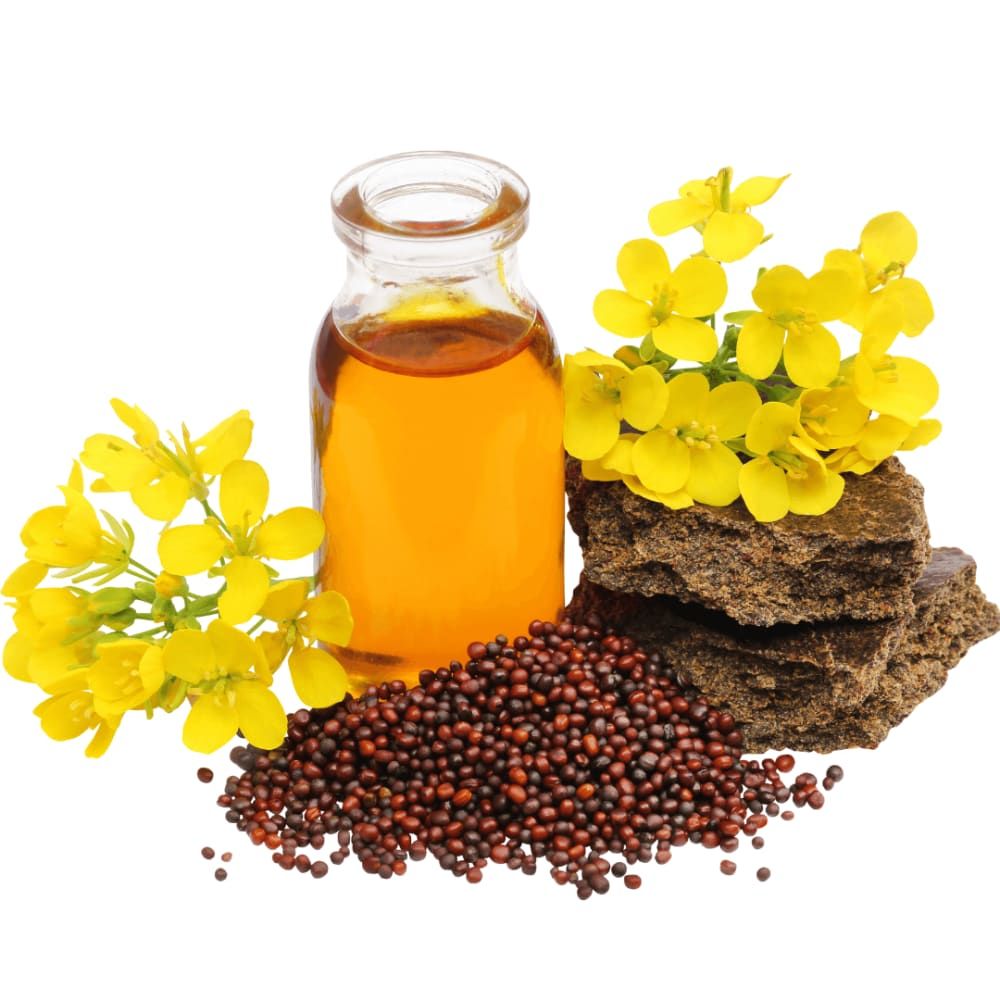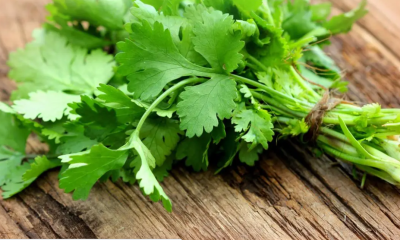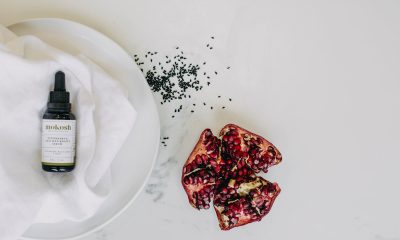Health
Benefits of Ayahuasca and side effects

Discover the Benefits of Ayahuasca + Dangers and Possible Side Effects.
Have you ever heard of a ceremony and the benefits of ayahuasca? Ayahuasca has been used for centuries in “healing ceremonies.”
It is about drinking a hallucinatory mixture of a plant and a vine under the guidance of a shaman with the aim of self-discovery and enlightenment.
This can sound intriguing, scary, or both. You may be wondering, is ayahuasca legal? Ayahuasca’s legal status is murky at best, but the substance it contains, DMT, is illegal in the United States and most other countries (more on this shortly).
The ayahuasca experience is said to be full of hallucinations that can lead to spiritual healing. Recently, ayahuasca has gained more widespread attention as an open (and now closed) retreat in the United States.
Some researchers also think that it could be used as a form of treatment for depression; But, it also contains powerful compounds that can also cause some serious side effects.
Health benefits of ayahuasca
1.- Benefits of ayahuasca for depression
A small open-label trial was recently conducted in an inpatient psychiatric unit. The trial researchers theorized that since the “natural psychedelic drink” rich in DMT and harmine causes feelings of subjective well-being, then it may also have antidepressant effects.
However, the trial was very small and very limited; they only gave six subjects currently experiencing a depressive episode just one dose of ayahuasca (AYA).
Did they find it? There were “statistically significant reductions of up to 82 percent in depressive scores” between baseline and days 1, 7, and 21 after the subjects took the AYA.
Depressive scores were measured on the following scales: the Hamilton scale for depression (HAM-D); the Montgomery-Åsberg Depression Scale (MADRS); and the Anxious Depression subscale of the Brief Psychiatric Rating Scale (BPRS).
The researchers conclude that taking AYA produces “fast-acting anxiolytic and antidepressant effects in patients with a depressive disorder.” Again, keep in mind that there were only six subjects who received the Amazon mix once.
Another open trial on depression was also conducted by researchers. This time there were 17 psychiatric patients as subjects (still very young) and again they received a single dose of ayahuasca.
The trial results reveal that of the 17 subjects, six experienced “rapid-acting antidepressant effects” after the single dose.
So, about 35 percent of the patients showed improvement, while 47 percent of the patients vomited as a result of taking the benefits of ayahuasca.
2.- Benefits of ayahuasca for pain
A research article analyzed the possible use of ayahuasca in grief therapy. The researchers compared 30 people who had taken ayahuasca with 30 people who had attended peer support groups. They then measured levels of pain and experiential avoidance.
The ayahuasca group had a lower level of distress and demonstrated some psychological and interpersonal benefits. Open responses from this group also included descriptions of emotional release.
As you can see, research and clinical findings remain very limited (in part due to the legal status of DMT) on the therapeutic uses of this substance to treat depression or manage grief.
Side effects of ayahuasca
According to some specialists, the benefits of Ayahuasca are not for anyone who thinks that Ayahuasca is a ‘magic pill’ or a ‘magic bullet’ that you just have to take, and your life will be repaired.
The so-called “neutral effects” of ayahuasca can include:
• Sedation
• Nonsense visual “noise”
• Strong visions; some typical reports include snakes, big cats, insectoid aliens, and goddesses
• Auditory hallucinations and/or sound distortions
• Alteration of the sense of space and time
• Greater likelihood of embracing magical thinking, paranormal ideation
Negative effects, also known as “bad trips” are known to include:
• Nausea
• Diarrhea
• Throwing up
• Body pain
• Imbalance, difficulty walking
• Sweating and chills (alternate)
• Other symptoms similar to those of flu or food poisoning
• Afraid
• Paranoia
• Feeling like you’re losing your mind
• Feeling like one is dying
It is not clear exactly all the medications that can interact with ayahuasca, but mixing antidepressants with ayahuasca can be a deadly combination.
The greatest risk of taking ayahuasca is serotonin syndrome, a heart condition of increased heart rate and blood pressure, usually instigated by a high-dose mix of ayahuasca with other medications, particularly antidepressants such as SSRIs or St. John’s wort.
People who take such medications should not drink ayahuasca, it is also suggested that those with “strong paranoid tendencies” or “extreme anxiety” avoid ayahuasca because it alters perceptions of reality.
There is also the danger of getting hurt while in ayahuasca or not knowing exactly what is in the version of the tea they give you. Both are some very serious risks.
How to use Ayahuasca
There are several Peruvian ayahuasca retreats. However, it is recommended that anyone interested in taking ayahuasca do their homework beforehand, even talking to people who have already had the tea.
They also advise only taking ayahuasca in the presence of an “experienced ayahuasca drinker who is also experienced with the guide.”
Experts advise not to buy ayahuasca online and never take it alone. According to the Ayahuasca Healings, this nature-based drug should only be taken with the guidance of an experienced and reputable shaman.
What is Ayahuasca?
Ayahuasca, also called “hoasca”, “yagé” or “mother ayahuasca”, is a mixture of two different plants: a perennial shrub called chacruna (Psychotria Viridis ) and the ayahuasca vine (Banisteriopsis caapi ).
Both plants can be found in the Amazon rainforest. Chacruna contains a substance called dimethyltryptamine or DMT.
To create Ayahuasca tea, the two plants are combined and boiled during a fire for many hours.
The DMT in the chacruna creates the experience or “trip” while the ingredients in the vine allow the body to metabolize it.
What is DMT?
It is a powerful and natural hallucinogenic compound that is structurally related to a drug you may have heard of before: LSD. Do you want to know another strange and interesting fact about DMT?
Naturally formed DMT has been found in the body fluids of people diagnosed with schizophrenia, a serious mental disorder in which patients interpret reality abnormally.
Like LSD, DMT is also considered a Schedule I drug under the United States Controlled Substances Act.
According to the US Drug Enforcement Administration, “Schedule I drugs, substances or chemicals are defined as drugs with no currently accepted medical use and with a high potential for abuse.”
What are the general claims about this Amazonian drink containing DMT?
Supposedly, «The Ayahuasca ceremony is used to heal on all levels: physical, emotional, psychological and spiritual.
It is known to provide profound insights into the nature of reality, who we are, and our place in the Universe. ”
The tea is intended to be consumed with the guidance of a shaman who specializes in the ayahuasca experience.
The immediate effects of this “shamanic medicine” are said to be felt within 20 to 60 minutes of drinking the tea.
However, the poisoning can last up to eight hours. Effects are known to vary greatly from person to person and from experience to experience.
• Ayahuasca is an amazing tea made from a plant and a vine.
• It contains DMT, a Schedule I drug, which includes other illegal drugs like LSD and heroin.
• The possible side effects of ayahuasca are very concerning (even deadly!) And do not justify the risk.
• More studies are needed to determine whether ayahuasca might have benefits for certain health conditions, such as depression.
• The positive effects that some people seek from ayahuasca can be achieved more safely and healthily without the use of drugs, by spending time in prayer and meditation and developing a personal relationship with God.
If you are struggling with depression and pain, you may also want to explore spiritual or therapeutic counseling
Health
Dangers and side effects of spirulina

Table of Contents
Health
5 health benefits of bananas for men

Table of Contents
Discover the 5 amazing health benefits of bananas for men.
Bananas have various male health benefits. They can be used effectively to fight against constipation, help protect the kidneys and more.
Bananas are rich in nutrients, including vitamins (A, C, and B6), minerals (potassium, magnesium, folate, riboflavin, niacin, thiamin, and iron), protein, carbohydrates, fat, and fiber.
<img class=”i-amphtml-intrinsic-sizer” style=”box-sizing: border-box; max-width: 100%; display: block !important;” role=”presentation” src=”data:;base64,” alt=”” aria-hidden=”true” /><img class=”i-amphtml-intrinsic-sizer” style=”box-sizing: border-box; max-width: 100%; display: block !important;” role=”presentation” src=”data:;base64,” alt=”” aria-hidden=”true” />
Due to their high nutritional content, bananas exhibit several benefits when consumed, especially for men.
1. Heart and nervous system
The high potassium content in bananas helps protect the heart and nervous system.
It also helps in muscle contraction.
Therefore, bananas are good for the heart, digestive system, and other muscles in the body.
That is why it is recommended to eat a banana before or after exercise.
Potassium also helps keep the heart rate at a normal rate.
Potassium and low sodium help keep blood pressure low.
2. Bananas for kidney and bones
The high potassium content of bananas also contributes to healthy kidney function and bone development.
This is because potassium retains the loss of calcium in the urine, which allows the body to absorb more minerals and thus strengthen the bones.
3. Bananas for blood and immune system
The high content of vitamin B6 supplies blood haemoglobin and maintains healthy blood sugar levels for the body by converting carbohydrates into glucose.
Vitamin B6 also helps the body make antibodies, which are used by the immune system to fight disease.
4. Bananas to improve mood
Bananas contain an amino acid called tryptophan, which is converted into serotonin in the body.
It maintains a positive mood and helps fight depression.
During stress, the body consumes potassium.
Because a banana contains around 400 milligrams of potassium, eating one a day can help you stay healthy during times of stress.
5. Bananas for weight management
The fibers present in bananas can help maintain regular bowel movements.
They can also help you feel fuller longer after eating.
We hope the article “5 health benefits of bananas for men” was of help to you.
Health
8 Benefits of mustard oil and side effects

Table of Contents
-

 Food5 months ago
Food5 months ago10 + Benefits of carrot juice and side effects
-

 Food5 months ago
Food5 months ago8 shocking benefits of leek juice and side effects
-

 Health5 months ago
Health5 months agoBenefits of guava leaves Sensually
-

 Health5 months ago
Health5 months ago10 shocking health benefits of Canary seed milk
-

 Health5 months ago
Health5 months ago7 health benefits of cashew leaves and side effects
-

 Health5 months ago
Health5 months ago13 shocking health benefits of Thai eggplant
-

 Weight Loss5 months ago
Weight Loss5 months agoKelly Osbourne weight loss 2022
-
Weight Loss5 months ago
Chrissy Metz Weight Loss Secret (2022)












